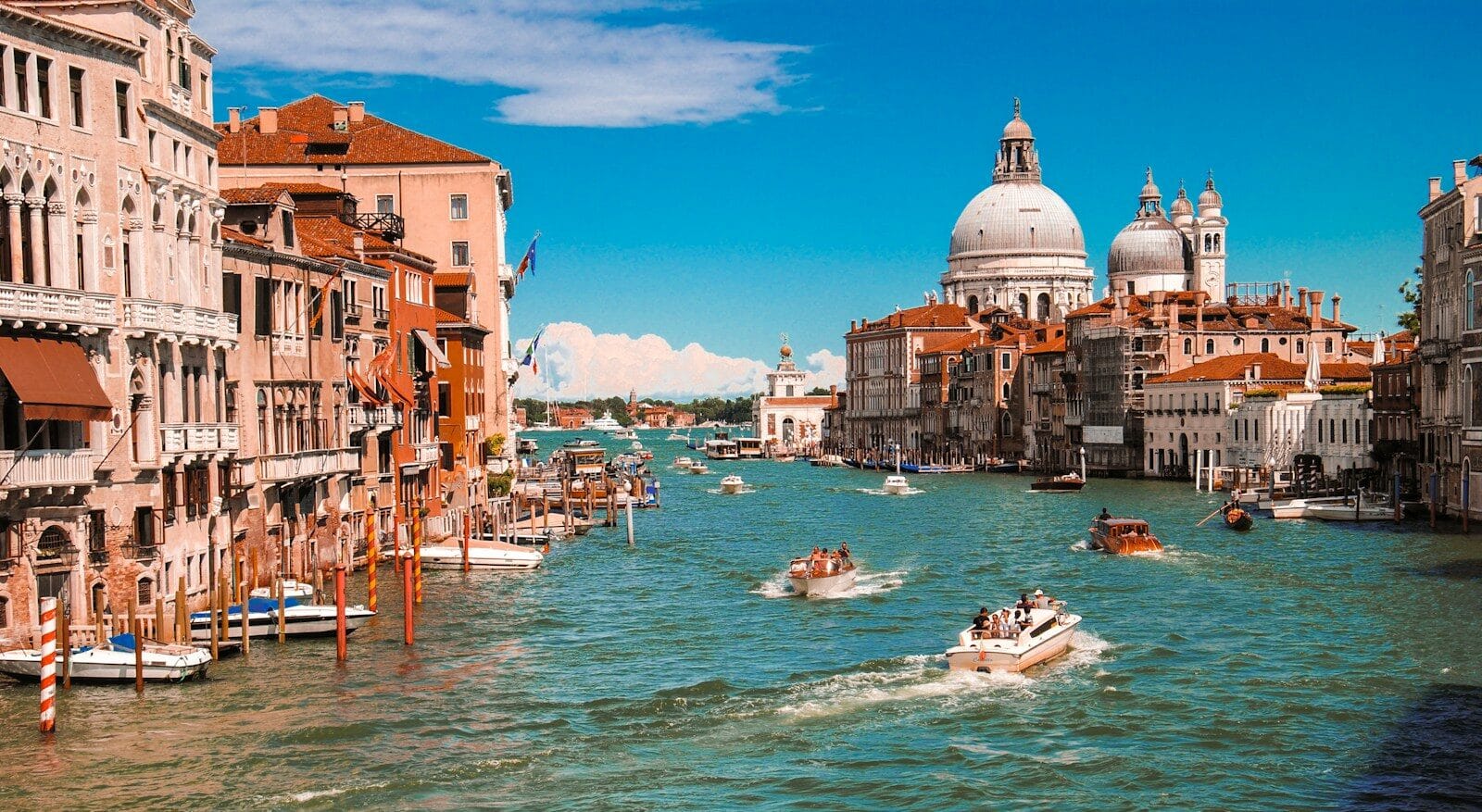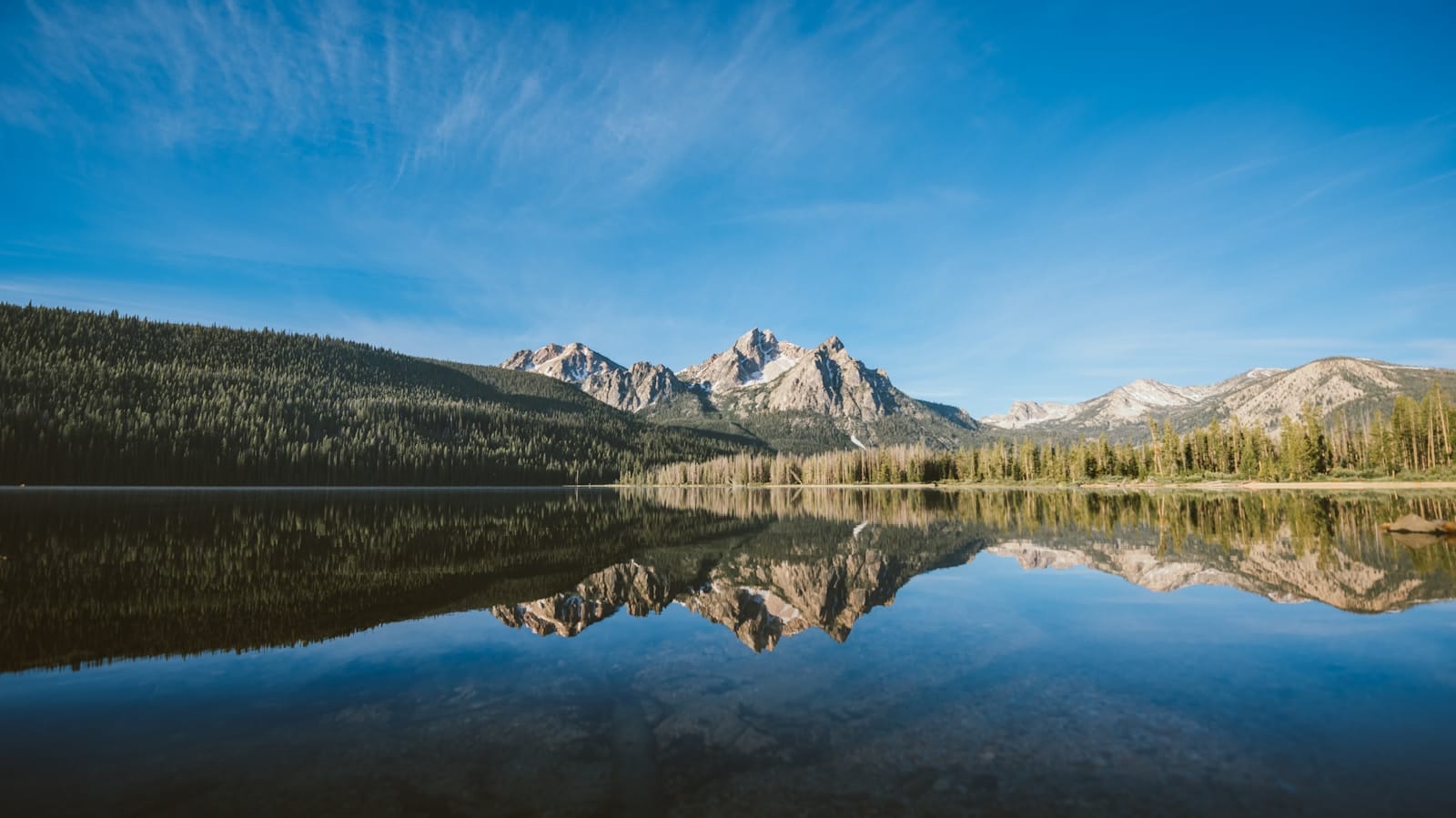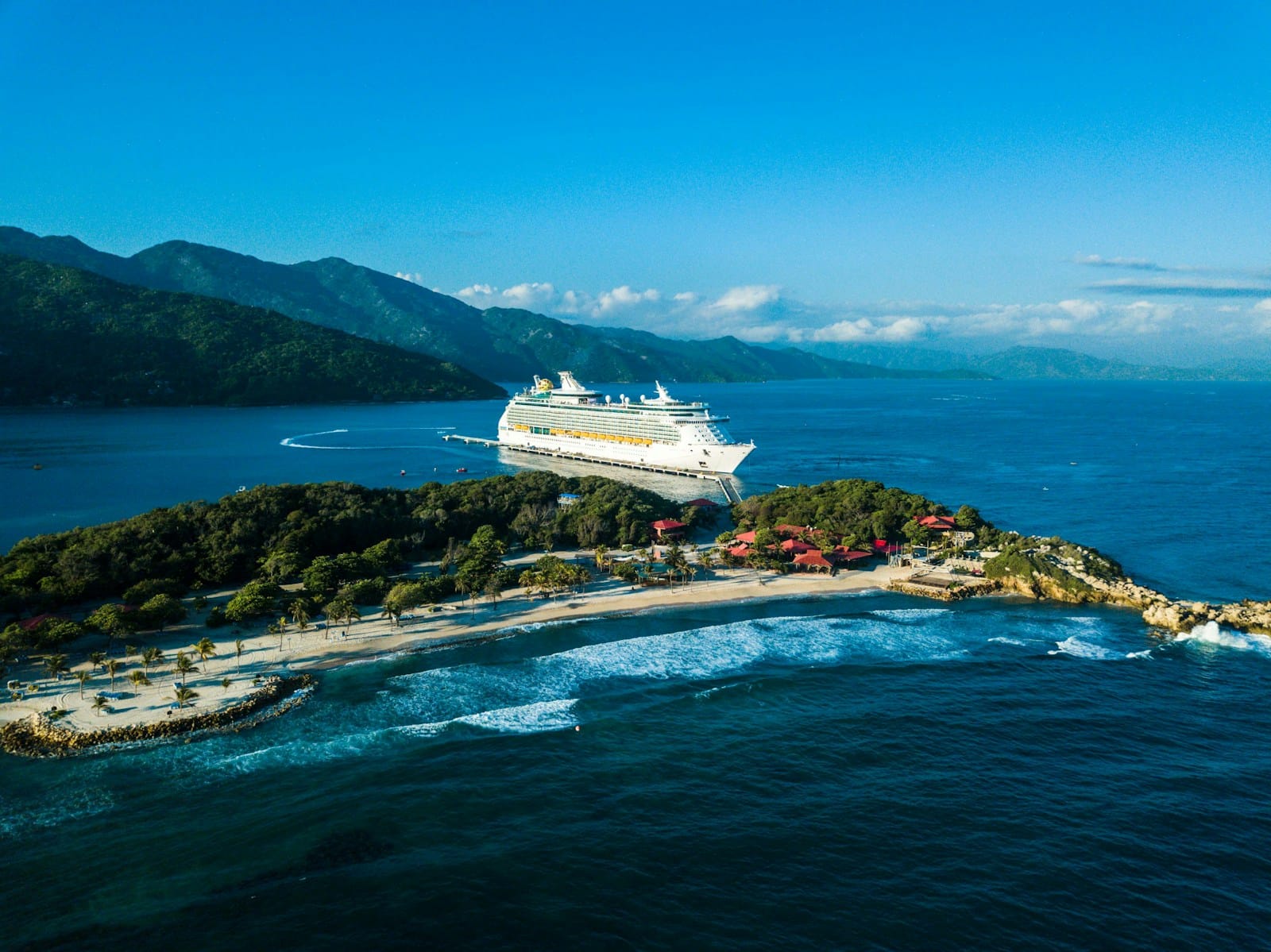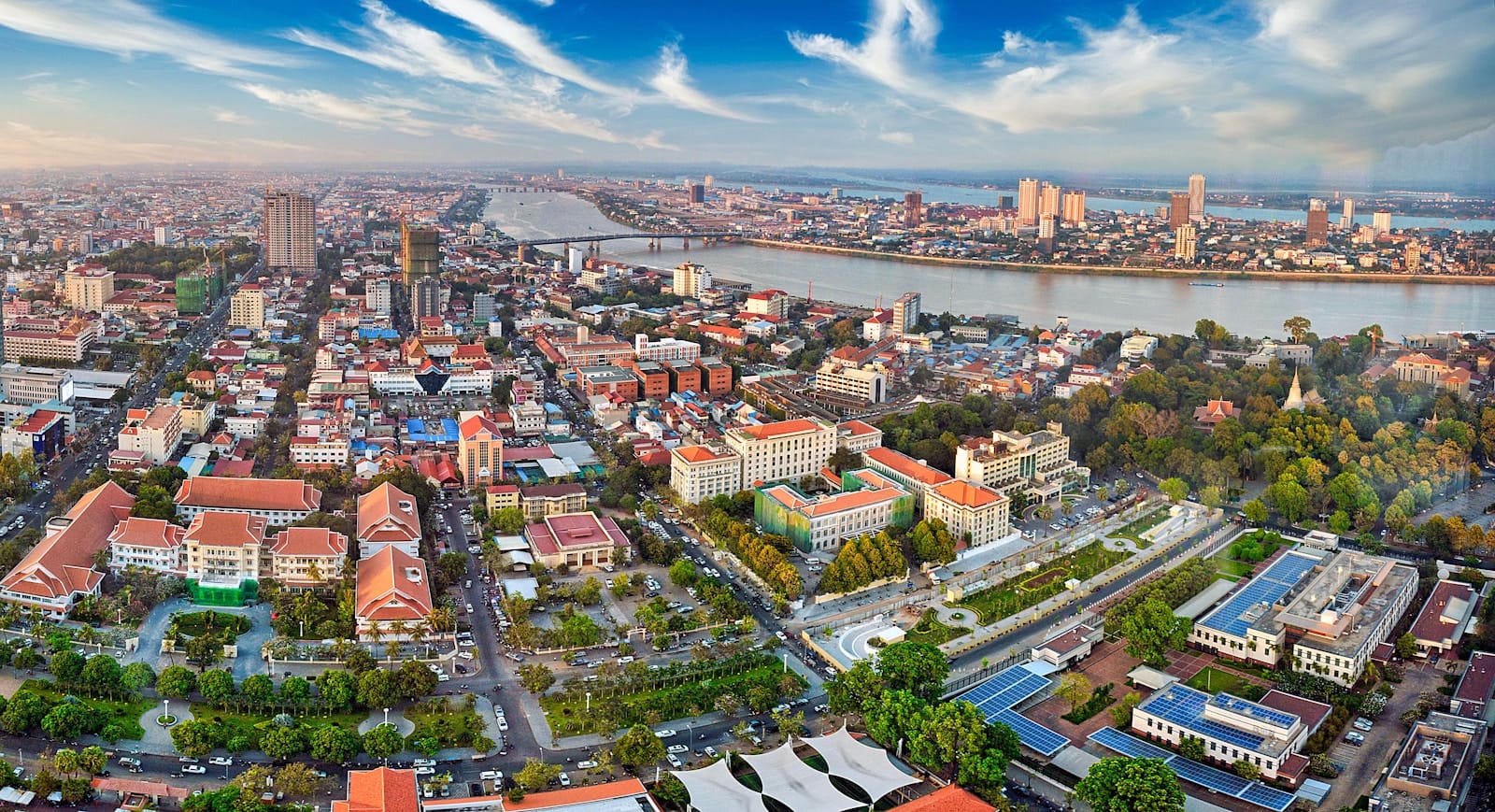Italy Travel Guide: Dive Into Romance, History & Flavor
Intro to Italy Travel Guide
Italy isn’t just a destination — it’s a living masterpiece. From the Renaissance cities of Florence and Venice to the rugged cliffs of the Amalfi Coast and the vineyards of Tuscany, Italy captures the soul with timeless beauty and irresistible charm.
Whether you’re here for art and architecture, culinary journeys, seaside escapes, or countryside slow travel, Italy offers something unforgettable around every corner.
Start planning your trip with our complete Italy Tour Guide — uncover cultural treasures, iconic cities, and epic experiences from Alps to islands.
Regions to Explore in Italy
Abruzzo | Aosta Valley | Apulia | Basilicata | Calabria | Campania | Emilia-Romagna | Friuli Venezia Giulia | Lazio | Liguria | Lombardy | Marche | Molise | Piedmont | Sardinia | Sicily | Trentino-Alto Adige/Südtirol | Tuscany | Umbria | Veneto
💡Quick Facts:
Destination: Italy
Continent: Europe
Country: Italy
Area: 301,340 km²
Population: ~58.8 million (2025 est.)
Density: ~195/km²
Capital: Rome
Regions/Subregions: 20 regions (including Tuscany, Lombardy, Veneto, Lazio, Campania, Sicily, Sardinia)
Official Language: Italian (regional minority languages include German, French, Slovene)
Currency: Euro (€)
Time Zone(s): CET (UTC+1), DST: CEST (UTC+2)
Airports (main/nearest): Rome Fiumicino (FCO), Milan Malpensa (MXP), Venice Marco Polo (VCE), Naples (NAP), Florence (FLR)
Climate: Mediterranean; alpine in the north, dry in the south
Known For: Colosseum, Vatican City, Venice canals, Renaissance art, Amalfi Coast, Italian cuisine, UNESCO sites (Italy has the world’s most, over 50)
🛂Arrival Info:
Visa-free (Schengen 90 days): US, Canada, UK, Australia, Japan, many others.
EU/EEA/Swiss nationals: Free entry, no visa.
Visa required: Some African, Asian, Middle Eastern nationalities.
Stay length: Up to 90 days within Schengen Area.
Official portal: Italy Visa Information.
🏥Health Info:
Vaccines: No mandatory; recommend Hepatitis A, B, Rabies (rural).
Hospitals: High standard; English-speaking staff in cities.
Emergency number: 112.
Insurance: Strongly recommended; EU residents can use EHIC/GHIC.
Risks: Summer heatwaves, mosquito-borne illness (rare).
🚑 Check travel insurance options for travel emergencies, delays, and medical needs abroad — Get coverage here
💉 Stay Informed with Official Updates: WHO – International Travel & Health | CDC – Travel health updates
🚨Travel Advisory:
General: Safe country; petty theft in tourist hotspots (Rome, Milan, Naples).
Risks: Pickpockets common on public transport.
Transport strikes: Occasional disruptions.
Scams: Fake taxis, overpriced tourist menus.
Official updates: Check Viaggiare Sicuri or home-country advisories.
🌍Track Real-Time Official Updates: US Travel Advisory | UK Foreign Travel Advice | Government of Canada | NZ SafeTravel
🥳Holidays:
New Year’s Day: Jan 1
Epiphany: Jan 6
Easter Monday (Pasquetta): March/April
Liberation Day: Apr 25
Republic Day: Jun 2
Ferragosto (Assumption): Aug 15
Christmas Day: Dec 25
Impact: Museums, shops, and transport may close or run reduced services.
💰Visitor Info:
Currency: Euro (€).
Payments: Cards widely accepted; small shops may prefer cash.
Tipping: Not obligatory; rounding up appreciated.
Duty-free: EU rules apply; VAT refunds for non-EU travelers.
Average Daily Budget: €80–120 (budget), €150–220 (mid-range), €250+ (luxury).
Tourist tax: Per-night levy in hotels/Airbnb varies by city.
🛫Airports:
Rome Fiumicino (FCO): Largest hub, global connections.
Milan Malpensa (MXP): Main northern hub.
Venice Marco Polo (VCE): Gateway to Veneto.
Naples (NAP): Southern hub.
Florence (FLR), Pisa (PSA): Tuscany region.
Transfers: Train, shuttle, taxi from major airports.
🧳 Delayed or canceled flight? Check if you’re eligible for compensation
🚍Transport:
Local: Metro in Rome, Milan, Naples; buses and trams in most cities.
Intercity: Trenitalia & Italo high-speed trains, regional trains, long-distance buses.
Driving: Right-hand traffic; ZTL (restricted traffic zones) in cities.
Ferries: Connect mainland with Sicily, Sardinia, smaller islands.
Costs: High-speed trains costlier; bus passes affordable.
🚗 Book reliable airport transfers and in-city rides in advance. Reserve your ride here
🛰️Connectivity:
SIM/eSIM providers: TIM, Vodafone, WindTre, Iliad.
Coverage: Excellent nationwide, weaker in mountains.
Wi-Fi: Available in hotels, cafés, airports.
Roaming: Free within EU.
🛜 Stay connected abroad with affordable eSIM data packs. Get your eSIM here
📜Laws & Etiquette:
Alcohol age: 18.
Smoking: Banned in indoor public places.
Dress: Modest attire in churches (e.g., Vatican requires covered shoulders/knees).
LGBTQ+: Legal and widely accepted.
Etiquette: Greet with handshakes; punctuality less strict socially.
👮Emergency Info:
Emergency numbers: 112 (all services).
US Embassy: Rome; consulates in Milan, Florence, Naples.
UK Embassy: Rome; consulates in Milan, Naples.
Tourist police: Special units (Polizia di Stato) in main cities.
🏛️ Use embassy locator tools: Embassies Worldwide
🌞Weather:
Spring (Mar–May): 12–22°C, mild, best for sightseeing.
Summer (Jun–Aug): 25–35°C, hot, especially south.
Autumn (Sep–Nov): 15–25°C, harvest season, mild rains.
Winter (Dec–Feb): 0–12°C north, milder south; snow in Alps.
Tip: Summer heat intense in cities; spring and autumn best for travel.
🌦️ Stay prepared—check the weather forecast for your destination — Weather Forecast
Italy by Region – Where to Go
Italy is divided into 20 diverse regions, each with its own identity, cuisine, and dialect. Here’s a breakdown of the top travel-worthy regions and their highlights:
Tuscany
- Florence: Birthplace of the Renaissance — visit the Uffizi Gallery, Duomo, and Ponte Vecchio.
- Siena: Medieval charm, winding lanes, and the famous Palio horse race.
- Chianti & Val d’Orcia: Rolling vineyards, cypress-lined roads, and wine tastings.
Lazio
- Rome: The Eternal City needs no introduction — from the Colosseum and Vatican to Trastevere alleyways.
- Tivoli: Explore imperial villas and romantic gardens just east of Rome.
Veneto
- Venice: Canals, gondolas, and St. Mark’s grandeur — but don’t skip lesser-known islands like Burano.
- Verona: The city of Romeo and Juliet, with Roman ruins and fairytale vibes.
Lombardy
- Milan: Fashion capital with da Vinci’s Last Supper, modern design, and shopping galore.
- Lake Como: Glamorous lake towns like Bellagio and Varenna surrounded by Alpine beauty.
Campania
- Naples: Birthplace of pizza, gateway to Pompeii, and full of energetic local life.
- Amalfi Coast: Dramatic coastline dotted with Positano, Amalfi, and Ravello — picture-perfect.
- Capri: A chic island escape with sea grottoes and luxe appeal.
Sicily
- Palermo: Fusion of Arab, Norman, and Italian cultures with bold street food and markets.
- Taormina & Mount Etna: Ancient theatres and Europe’s most active volcano.
Puglia
- Lecce: Baroque architecture and southern hospitality.
- Alberobello: Famous for its conical-roofed trulli houses.
Emilia-Romagna
- Bologna: A foodie haven with arcaded streets and world-class pasta.
- Modena & Parma: Home to balsamic vinegar, prosciutto, and Parmesan cheese.
Piedmont
- Turin: Elegant boulevards, chocolate, and alpine views.
- Langhe: Italy’s wine heartland, known for Barolo and white truffles.
Sardinia
- Cagliari & Costa Smeralda: Clear waters, white sand, and rugged inland terrain.
Top Places to Visit in Italy
Grouped by theme, these are Italy’s unmissable travel destinations:
Cultural Capitals
- Rome: Vatican Museums, the Colosseum, and centuries of power and art.
- Florence: Michelangelo’s David, Botticelli’s Venus, and Renaissance glory.
- Venice: A floating city of Gothic palaces and romantic views.
Nature Escapes
- Dolomites: Towering peaks for skiing, hiking, and scenic drives.
- Lake Como: Relax on boat rides between dreamy lakeside towns.
- Cinque Terre: Five colorful villages clinging to cliffs above the sea.
Historic Sites
- Pompeii & Herculaneum: Ancient Roman cities frozen in volcanic time.
- Matera: Italy’s ancient cave city — now a boutique travel gem.
Islands & Coastal Beauty
- Capri & Ischia: Stunning islands off Naples with spas, sea caves, and style.
- Sardinia: Wild beaches, Bronze Age ruins, and emerald coves.
- Aeolian Islands: Volcanic island-hopping in Sicily’s northern waters.
How to Choose Where to Go in Italy
Here’s how to decide where to focus:
- For Classic Culture: Rome, Florence, and Venice form the golden triangle.
- For Seaside Romance: Amalfi Coast, Cinque Terre, or Puglia’s Salento coast.
- For Food & Wine: Emilia-Romagna, Tuscany, and Piedmont are Italy’s culinary soul.
- For Adventure & Nature: Hike the Dolomites or explore Sicily’s volcanoes and beaches.
- For Slow Travel: Discover medieval hill towns in Umbria, Le Marche, or Southern Tuscany.
Efficient pairings:
- Rome + Florence + Venice (culture)
- Naples + Amalfi + Capri (south)
- Milan + Lake Como + Dolomites (north)
How to Get Around Italy
Italy is well-connected and efficient for travelers:
- Trains: High-speed trains (Frecciarossa, Italo) link major cities. Regional trains reach smaller towns.
- Buses: FlixBus and Itabus offer budget options, especially between non-rail cities.
- Car Rental: Ideal for Tuscany, Puglia, and Sicily — where public transport is limited.
- Ferries: Island routes from Naples to Capri, Sicily to Aeolian Islands, or Sardinia to mainland.
- Metro & Trams: Easy urban transit in Rome, Milan, Naples, and Turin.
- Taxis & Rideshare: Taxi apps like FreeNow or public taxi stands; rideshare limited outside cities.
Travel Budget & Costs in Italy
Italy can suit most travel styles:
- Budget Travelers: €50–70/day — hostel stays, trattorias, trains
- Mid-Range: €100–180/day — boutique hotels, tours, fine dining
- Luxury: €250+/day — 4–5-star hotels, private transfers, exclusive experiences
Sample prices:
- Museum entrance: €10–25 (Colosseum or Uffizi)
- Pizza or pasta: €8–15
- Espresso at bar: €1–1.50
- Train (Rome–Florence): from €20 (advance)
Tip: City tourist taxes and advance museum reservations add up — plan ahead.
Best Time to Visit Italy
Spring (April–June)
- Blooming countryside, pleasant temperatures
- Fewer crowds in popular spots
Autumn (September–October)
- Wine harvest season and golden landscapes
- Great for food festivals and shoulder-season deals
Summer (July–August)
- Peak crowds and heat in cities
- Coastal areas and islands are in full swing
Winter (December–March)
- Low-season prices in cities
- Ski season in the Alps and Dolomites
- Magical Christmas markets in northern towns
Festivals:
- Carnival of Venice (Feb): Elaborate masks and floating parades
- Palio di Siena (July/Aug): Intense medieval horse races
- Truffle Festival (Alba, Oct–Nov): Piedmont’s white gold
Must-See Experiences in Italy
Dive into the most unforgettable things to do in Italy, from art to coastlines:
- Toss a coin in the Trevi Fountain and watch Rome shimmer by night.
- Savor pasta from a nonna’s kitchen in the hills of Emilia-Romagna.
- Hike the Path of the Gods above Positano for Amalfi’s best views.
- Cruise the Grand Canal at sunset with a glass of prosecco.
- Attend an opera in Verona’s ancient Roman arena.
- Take a cooking class in Tuscany and make handmade tagliatelle.
- Visit a vineyard in Barolo or Montalcino and taste legendary wines.
- Swim in Sardinia’s turquoise Cala Goloritzé — one of Europe’s most beautiful beaches.
- Admire Michelangelo’s ceiling in the Sistine Chapel.
- Island hop from Lipari to Stromboli under Sicily’s stars.
Book immersive Italy tours and experience unforgettable things to do in Italy — from sacred temple rituals and highland treks to floating markets and lakeside food adventures.
Best Travel Itineraries in Italy
7-Day Classic Italy
- Rome → Florence → Venice
- Ancient ruins, Renaissance wonders, and canal magic
10-Day North + Lakes
- Milan → Lake Como → Verona → Venice
- Fashion, romance, and Alpine lakes
2-Week Italy Grand Tour
- Rome → Florence → Cinque Terre → Venice → Dolomites → Milan
- A mix of urban, coast, and mountains
Southern Escape
- Naples → Pompeii → Amalfi Coast → Capri → Matera
- History, sea views, and slow living
Local Cuisine & Culinary Experiences
Every region in Italy has its own specialty — no trip is complete without tasting your way through:
Dishes You Must Try:
- Carbonara (Rome): Eggy, creamy pasta with guanciale — no cream allowed!
- Risotto alla Milanese (Milan): Saffron-infused and decadent
- Bistecca alla Fiorentina (Florence): A giant T-bone grilled to perfection
- Neapolitan Pizza (Naples): The original — simple, wood-fired, unforgettable
- Arancini (Sicily): Deep-fried rice balls with ragù or cheese
- Orecchiette with Broccoli Rabe (Puglia): Southern simplicity at its best
- Tiramisu (Veneto): Creamy, coffee-soaked perfection
Experiences:
- Join a pasta-making workshop in Bologna or Florence
- Sip wine in a Piedmont cellar under ancient stone arches
- Browse Venice’s Rialto Market for seafood and produce
- Taste olive oil fresh from a Tuscan press
Travel Safety & Cultural Etiquette in Italy
Safety Tips:
- Italy is generally safe, but beware of pickpockets in Rome, Naples, and crowded trains.
- Only use official taxis; confirm meter use or pre-agreed fare.
- Validate train tickets before boarding regional trains.
Cultural Etiquette:
- Dress modestly when visiting churches — cover shoulders and knees.
- Greet with a polite “buongiorno” or “buonasera.”
- Tipping is not obligatory, but rounding up is appreciated.
- Don’t order a cappuccino after 11 a.m. — locals consider it a breakfast drink.
Where to Go Next – Pair Italy with These Destinations
- France: Paris, Provence, or Côte d’Azur by train or plane
- Switzerland: Alpine passes and lakes just beyond northern Italy
- Slovenia or Croatia: Easy border crossings from Venice or Trieste
- Greece: Combine ancient ruins and islands with southern Italy
France Travel Guide | Croatia Travel Guide | Switzerland Travel Guide | Greece Travel Guide
Final Planning Checklist for Italy
- Pick 2–4 regions to explore — avoid rushing
- Book high-speed trains and museum tickets early (e.g., Uffizi, Vatican)
- Reserve stays in Cinque Terre, Amalfi Coast, and Florence in advance
- Learn basic Italian greetings and food terms
- Validate train tickets for regional routes
- Get a local SIM or eSIM for maps and bookings
- Dress appropriately for churches and dinner venues
- Carry cash for rural areas and small trattorias
- Pack for mixed terrain — cobblestones, hikes, beaches
- Check luggage restrictions for trains and budget flights
Explore Italy with confidence using our trusted tips, local insights, and region-by-region planning tools.
For more expert travel tips, practical strategies, and trusted tools — visit our Homepage and get inspired for your next trip.










